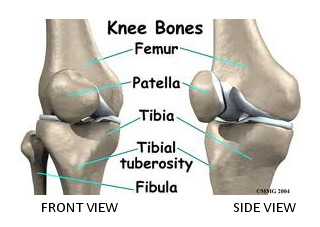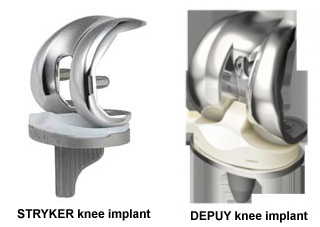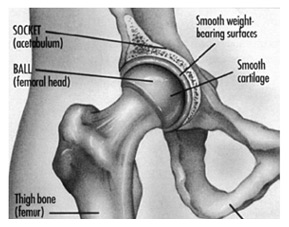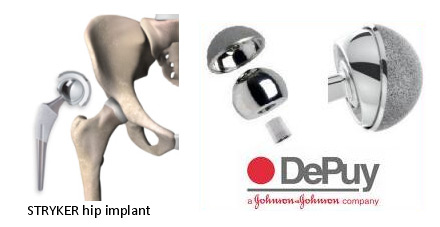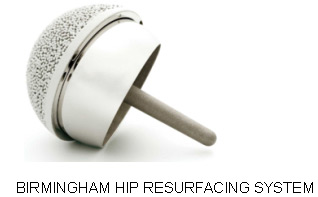IVF treatment in India:
In Vitro Fertilisation refers to the medical technique through which the female's egg cells are fertilised by male sperm outside of the body. Hormones are used to control the female’s ovulatory process in order to ensure the generation of a sufficient number of eggs. The procedure is completed with the removal of the eggs from the ovary of the female and allowing the union of the egg and the sperm in a controlled fluid. Once the egg is fertilised, it is transferred to the female uterus. IVF treatment is preceded by a range of screening tests for both the male and the female. Screening tests can be done in the patients' home country. The female should arrive in India a day or two prior to commencement of her monthly cycle and will be required to stay in India for two to three weeks. The male partner is required only for retrieval of the sperm, if he is otherwise normal from the fertility point of view.
Some of the supplementary techniques and special procedures which are used for Assisted Reproduction in India are reviewed below.
Intrauterine Insemination (IUI) in India:
Intrauterine Insemination in India is considered as a possible treatment option in those cases where the male partner has low sperm count or low motility, or suffers from problems like premature ejaculation. It is also a good option where the female suffers from endometriosis. For this procedure to be successful, the fallopian tube (on at least one side) should be free of obstruction, along with a functional ovary on the same side.
During intrauterine insemination at IVF centres in India, infertility specialists would retrieve carefully selected and prepared sperm, and place these directly in the uterus. The sperm placement is done at the appropriate time after ultrasound tests confirm the presence of mature eggs. Fertility drugs may also be used to increase the chances of conception.
ICSI (Intracytoplasmic Sperm Injection) in India:
ICSI (Intracytoplasmic Sperm Injection) in India is an infertility treatment procedure in which the male sperm is injected directly into the female egg. This procedure is mainly used in those cases where the problem is one of male infertility. Using micromanipulation tools and special equipment such as inverted microscopes, the embryologist studies available sperm cells and selects the most “healthy" sperm. An ICSI needle is used to pick up an individual sperm and place it in the cytoplasm, which is the inner side of the egg. The success rate of fertilisation is approximately 80%. The final success rate of the IVF procedure will depend upon other factors related to the pregnancy carrying ability of the female.
Intracytoplasmic Morphologically-Selected Sperm Injection (IMSI) in India:
Intracytoplasmic Morphologically-Selected Sperm Injection (IMSI) in India is a more advanced version of ICSI, in which the sperm of the male partner is carefully examined with the help of high-definition microscopes. From amongst many sperm cells, the specialist identifies those which have the best genetic characteristics. It is these sperm cells which are injected into the eggs of the female partner to complete the IVF process.
The qualitative separation of high-quality sperm cells increases the chances of a successful IVF procedure. Preliminary studies in Italy have shown that the success rate is 50 per cent higher with IMSI than it is with ICSI.
Blastocyst Embryo Transfer (BET) in India:
The transfer of IVF embryos to the uterus usually takes place on day 2 or 3 following the retrieval of the egg. This is in keeping with the natural pregnancy cycle in which the embryo enters the uterine cavity about three or four days after ovulation happens. In Blastocyst Embryo Transfer (BET) in India, the embryo is allowed to grow in the laboratory to the blastocyst stage. A blastocyst is a 5-6 day old embryo which has a cystic cavity as well as a mass of inner cells which develops into a baby. Implanting into the uterus at the blastocyst stage is far more successful than implanting at the embryo stage. This is because many embryos will not progress to the blastocyst stage. By deferring the implantation to the blastocyst stage, the success rate of the IVF procedure is increased significantly.
The disadvantage with Blastocyst Embryo Transfer (BET) is that fewer embryos will be available for transfer as blastocysts. Also the preservation of embryos for future IVF cycles is also compromised, since approximately 30 to 50% of embryos will not advance to the blastocyst stage.
ZIFT - Zygote Intrafallopian Transfer in India:
ZIFT - Zygote Intrafallopian Transfer in India is considered as a treatment option in those cases where:
a. Other methods of IVF treatment have been unsuccessful
b. The female has ovulation problems but has open fallopian tubes
c. The male has a low sperm count
ZIFT is an invasive procedure in which one to four fertilised eggs, called zygotes, are placed in the fallopian tubes through a laparoscopic procedure. Ideally, one or more zygotes should move through the fallopian tube and lodge themselves in the uterus for growth into a baby. Multiple pregnancies occur in about 1/3 of ZIFT pregnancies.
Assisted Zona Hatching (AZH) In India:
This is a microsurgical procedure which is used to improve the chances of conception, especially in the following situations:
- females with high levels of FSH ( follicle stimulating hormone)
- females older than 37 years
- where the zona pellucida of the embryo is abnormally thick
During Assisted Zona Hatching (AZH) In India, suction pressure from a micropipette is used to hold the embryo in position while a fine glass needle is used to hatch an opening in the zona pellucida, a shell like covering around the embryo. After the AZH, the embryo continues to be kept in the culture medium till it is time for the transfer to the uterus. The hatching process increases the chances of the embryo implanting itself in the uterus, a major step towards conception
Gestational Surrogacy in India:
Gestation surrogacy is legally recognized in India. Administrative and legal framework being fairly clear, many foreigners now have gestation surrogacy done in India. Building on this demand, leading IVF centres as well as specialist Surrogacy Agencies in India have evolved a systematic process to assist foreigners with gestational surrogacy in India.
Gestation surrogacy is the means by which a couple desiring to have their own biological child are assisted by an IVF centre in producing an embryo using sperm from the male partner and eggs from the female partner. The biological parents of the embryo enter into a contract with a female who agrees to have the embryo implanted into her uterus and to take the pregnancy forward till the baby is delivered The female thus contracted merely serves as a carrier for the embryo with no biological connection whatsoever with the embryo. The biological parents of the embryo have full custody rights over the baby upon delivery and encounter no difficulty in returning to their home country with the baby.
The treatment procedures listed above represent ONLY A PARTIAL LIST of the infertility treatment procedures available at hospitals in India. We offer the full range of IVF procedures in India. If you do not see the procedure that you need above, please contact us with your requirement and we will be happy to respond to you with a detailed medical opinion and a customised cost estimate.



